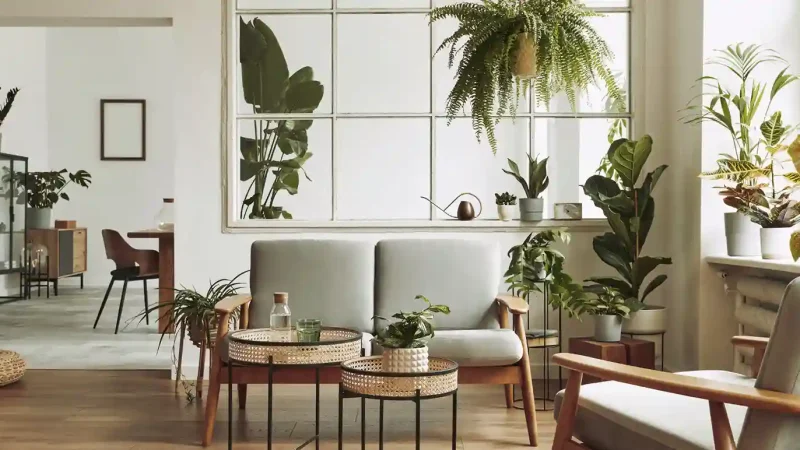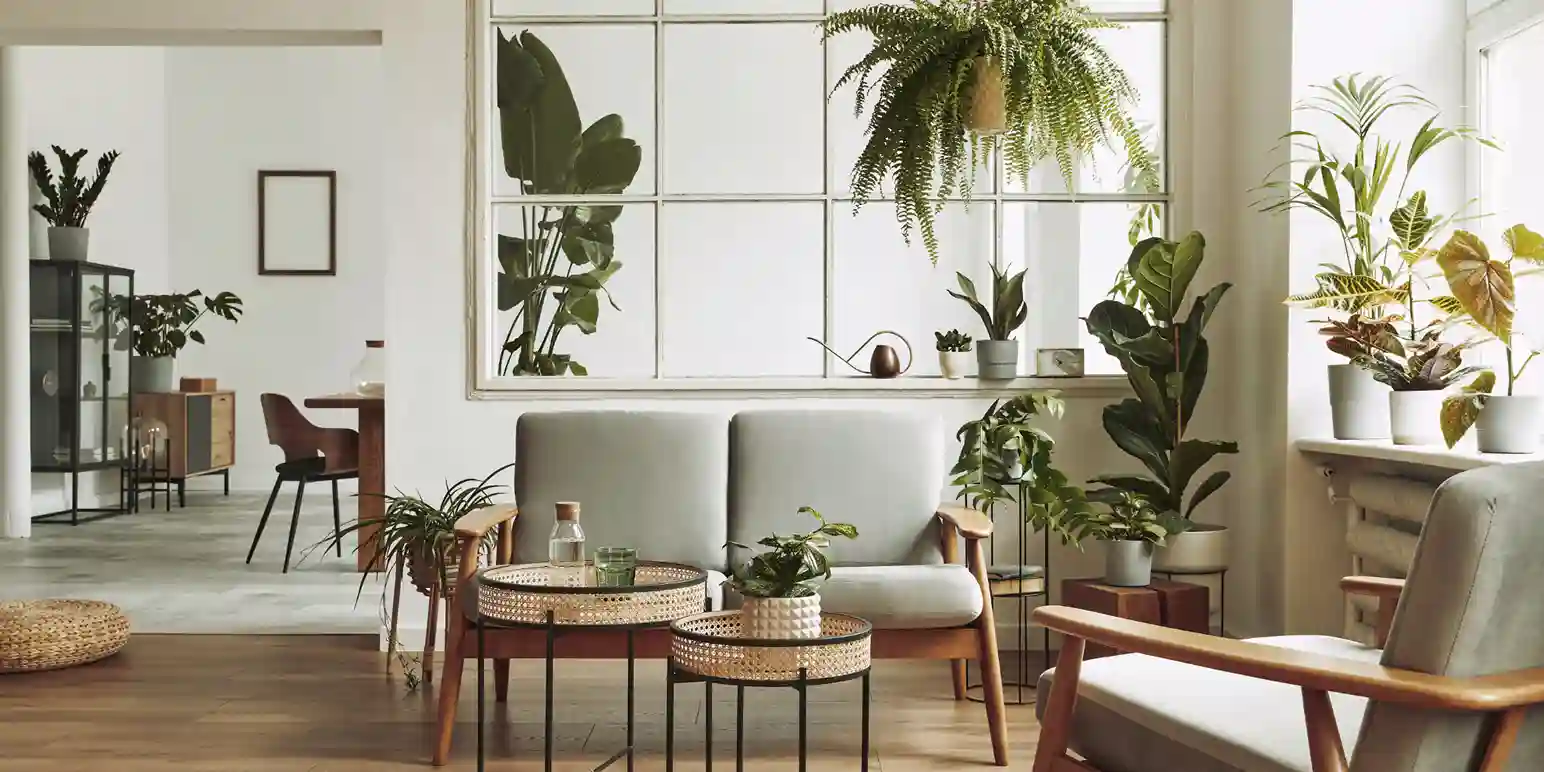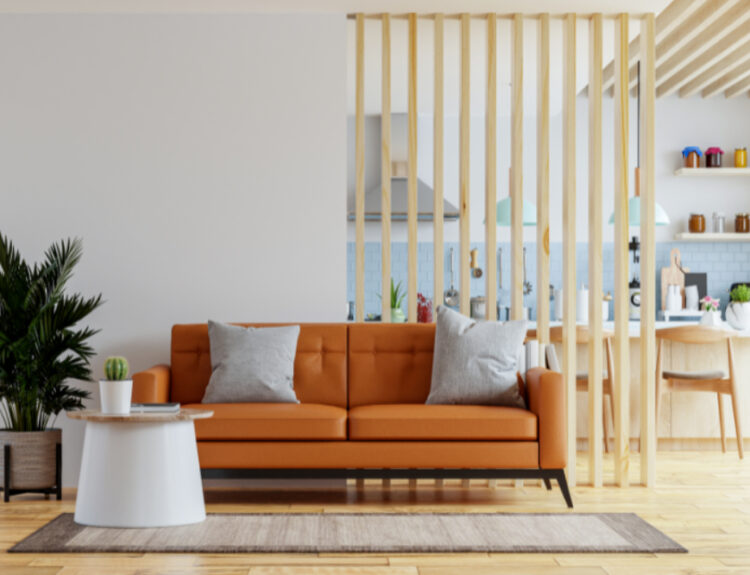Have you ever walked into a home and instantly imagined yourself living there? The soft lighting, perfectly placed furniture, and fresh scent of flowers make it feel just right. That emotional connection doesn’t happen by accident — it’s the power of home staging. In today’s competitive real estate market, home staging has become one of the smartest strategies realtors use to stand out, attract buyers, and close deals faster.
Let’s discuss how realtors leverage this subtle yet powerful art to beat the competition and why it’s become an essential tool for success.
Understanding Home Staging: More Than Just Decorating
Before diving into the strategies, it’s important to understand what home staging actually is — and what it isn’t. Many people confuse it with interior decorating, but staging has a different goal. Decorating is about expressing personal taste; staging is about appealing to potential buyers.
A professional stager or savvy realtor transforms a property into a neutral, inviting space that highlights its best features. This means removing clutter, rearranging furniture, improving lighting, and sometimes even bringing in rented décor to make the home look more desirable.
In simple terms, home staging helps buyers visualize the lifestyle they could have in that home — and that emotional connection can make all the difference in a sale.
Why Home Staging Gives Realtors a Competitive Edge
The real estate market is full of competition. Multiple agents often represent similar listings in the same area, so how do top realtors make their properties stand out? Through strategic home staging.
Here’s why it works so effectively:
- First impressions matter: Most buyers form an opinion within the first few seconds of walking through the door — or even from online photos.
- Increases buyer interest: Staged homes attract more attention during showings and open houses.
- Faster sales: Homes that are staged sell significantly faster than those that aren’t.
- Higher selling prices: A beautifully staged home can create a sense of urgency, encouraging buyers to offer closer to — or even above — the asking price.
In short, staging helps realtors present not just a property, but a dream — and that’s what sells.
The Psychology Behind Home Staging
Let’s discuss something most people overlook — the psychology of buyers. Real estate decisions are emotional before they’re logical. Buyers may look at numbers, but what truly wins them over is how the home makes them feel.
Staging plays directly into this psychology. By using light, color, space, and décor strategically, realtors can influence perception. For example:
- A small living room feels bigger when decluttered and furnished with appropriately sized furniture.
- A dark bedroom instantly feels cozier with soft lighting and neutral tones.
- A clean, organized kitchen gives buyers a sense of peace and control — two powerful emotions when making big financial decisions.
Realtors who understand this emotional science can turn an ordinary house into an irresistible experience.
Virtual Staging: The Modern Realtor’s Secret Weapon
In today’s digital-first market, most buyers start their home search online. That’s where virtual staging comes in — a digital tool that allows realtors to stage a home using realistic 3D rendering.
With virtual staging, empty rooms are digitally filled with furniture, art, and lighting, showing potential buyers what the space could look like fully furnished. It’s cost-effective, quick, and especially helpful for vacant or new-build properties.
But here’s the key — successful realtors use virtual staging wisely. They don’t just throw in generic furniture. Instead, they choose styles that fit the property’s architecture and target market. A modern city loft might feature sleek minimalist décor, while a suburban family home might use warm, welcoming tones.
Virtual staging has become a competitive differentiator, especially for agents who understand how to make listings shine online.
Home Staging Strategies Realtors Swear By
Let’s explore some of the most effective techniques realtors use when staging homes to outperform the competition.
1. Decluttering and Depersonalizing
The first step in staging is often the simplest: remove excess. Personal items like family photos or loud art pieces can distract buyers. Realtors guide homeowners to declutter spaces so buyers can picture their own lives unfolding there.
2. Highlighting Focal Points
Every room has a feature that draws attention — a fireplace, a bay window, or vaulted ceilings. Good staging emphasizes these focal points through smart furniture placement and lighting.
3. Using Neutral Colors
While homeowners may love bold walls, realtors know that neutral tones sell better. Shades of beige, white, or light gray make rooms look larger, cleaner, and easier to personalize.
4. Maximizing Natural Light
Sunlight instantly makes a space feel more alive. Realtors ensure curtains are pulled back, windows are spotless, and mirrors are positioned to reflect light.
5. Adding Greenery and Texture
Plants breathe life into a space. Combined with soft throws, textured cushions, and simple artwork, they create warmth without clutter.
6. Setting the Scene
Realtors often stage to suggest a lifestyle. A breakfast tray on the bed, a wine setup on the patio, or an open cookbook in the kitchen subtly tells a story. These details invite buyers to imagine themselves living there.
Collaboration Between Realtors and Professional Stagers
While many realtors develop a strong sense for staging themselves, others work hand-in-hand with professional stagers. This partnership blends market expertise with design artistry. A realtor understands what appeals to local buyers and how to position the property competitively, while a stager brings creative skills to make that vision a reality. Together, they curate a presentation that photographs beautifully and sells quickly.
If you’re looking for professional expertise that transforms ordinary spaces into buyer magnets, addicted2decor.com offers exceptional home staging in Austin TX, helping properties stand out with elegance and purpose. Their tailored staging solutions consistently elevate listings and drive faster, more profitable sales across the Austin market.
A realtor understands what appeals to local buyers and how to position the property competitively, while a stager brings creative skills to make that vision a reality. Together, they curate a presentation that photographs beautifully and sells quickly.
This teamwork often leads to a higher return on investment, proving that professional collaboration pays off in the real estate game.
The Role of Staging in Online Marketing
Did you know that over 90% of home buyers begin their search online? That means the first showing happens on a screen, not in person.
Realtors use home staging to make every listing photo pop. They understand that visuals drive clicks — and clicks drive interest. Whether through professional photography or virtual staging, they ensure every image reflects brightness, cleanliness, and charm.
Some realtors even go further, incorporating video walkthroughs or 360° tours of staged homes to provide immersive experiences. These digital tools make listings feel more alive, attracting far more engagement than bare, empty spaces ever could.
Staging for Different Buyer Demographics
One smart tactic that separates top-performing realtors from the rest is understanding who the buyer is and tailoring staging accordingly.
For example:
- Young professionals might be drawn to modern minimalism with open layouts.
- Families often look for cozy spaces with organized storage.
- Luxury buyers want sophistication, balance, and high-end finishes.
By staging with the target audience in mind, realtors can trigger emotional connections that resonate with specific lifestyles.
Let’s discuss this: If you were buying a home, what kind of atmosphere would win you over — sleek and modern, or warm and traditional? Realtors think about this question for every property they stage.
The Return on Investment (ROI) of Home Staging
Some sellers hesitate to spend money on staging, but the numbers tell a compelling story. Studies consistently show that staged homes sell faster and for more money than unstaged ones.
According to real estate surveys, the average ROI for staging is between 5% to 10% of the sale price — often much higher than the initial cost of staging itself. Realtors use this fact to convince sellers that staging isn’t an expense; it’s an investment that delivers measurable returns.
In a competitive market, the small details make the biggest difference. A home that looks cared for and thoughtfully arranged gives buyers confidence that it’s worth the price.
Case Study: How Home Staging Seals the Deal
Consider this scenario: Two similar homes go up for sale in the same neighborhood. One is empty and uninviting. The other is tastefully staged with soft lighting, comfortable furniture, and subtle décor.
Which one gets more showings? Which one receives better offers?
Time and again, the staged home wins. Buyers linger longer, agents get more calls, and offers come in quicker. Realtors who consistently stage their listings know that first impressions can make or break a sale — and they make sure every inch of the property makes an impression.
Final Thoughts: Staging as the Realtor’s Superpower
In a crowded marketplace, realtors need more than just marketing skills — they need an edge that appeals to both logic and emotion. Home staging provides that edge. It transforms spaces, tells stories, and turns listings into experiences buyers can’t forget.
Realtors who master the art of staging not only sell homes faster but also build stronger reputations for delivering exceptional results.
So, whether you’re a new agent looking to boost your listings or a homeowner preparing to sell, it’s worth asking: What story is your home telling buyers? With the right staging strategy, that story could be the key to your next successful sale.
Let’s discuss — if you were a realtor, what first impression would you want every buyer to have when stepping into your listing? Warm and welcoming, sleek and modern, or something entirely unique?









